The infamous Tiger Temple has blamed the Thai Government for the deaths of 86 out of 147 tigers seized by authorities in 2016.
The Buddhist temple west of Bangkok used to be a tourist hotspot. Visitors from all over the world could get up close and personal to these magnificent animals. They’d pose next to the tigers for Instagram and bottle-feed adorable little cubs.
After much controversy about the conditions and treatments of the big cats, international pressure over wildlife trafficking prompted authorities to confiscate 147 tigers in 2016.
Since then, however, 86 of the animals living in two state-run wildlife sanctuaries have died.
“The death of more than half the tigers rescued from Tiger Temple within a matter of just a few years is, frankly, scandalous,”
Will Travers, President of the Born Free Foundation
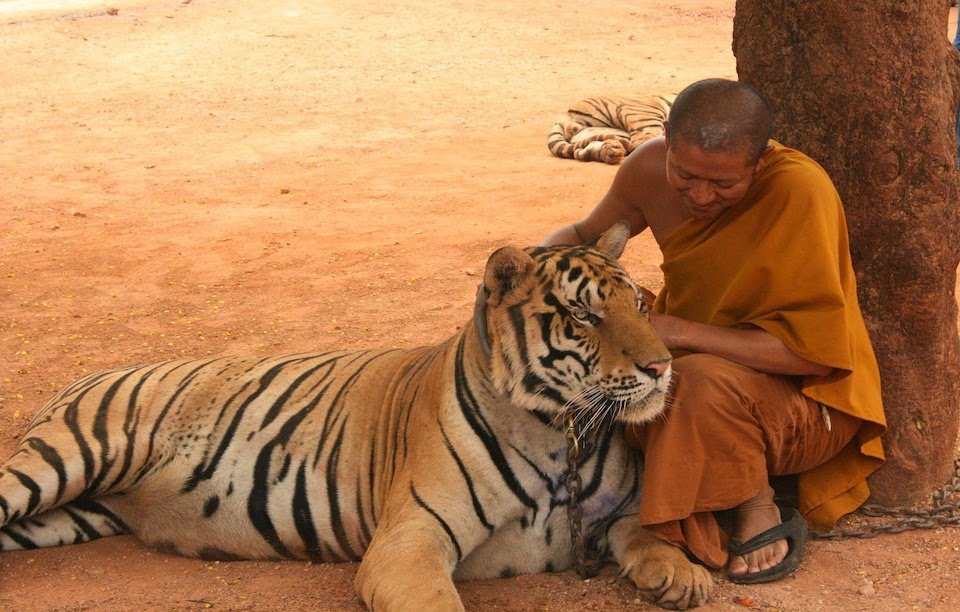
State wildlife authorities announced the tragic deaths were due to immune deficiencies from inbreeding, which made the animals vulnerable to deadly diseases.
In a recent statement, the Thai government has stated that it is continuing to provide care for the 61 remaining tigers. They are ‘living in good conditions‘ and are being regularly checked on by veterinarians.
Athithat Srimanee, the caretaker of Tiger Temple, does not believe that the tigers died of inbreeding. He accused the government of playing a ‘blame game’ and locking the animals up in small cages.
Despite our lack of academic knowledge, we used kindness so the tigers lived in wide spaces and not in cages.”
Athithat Srimanee, Tiger Temple Caretaker
Find out more: Nat Geo Tiger Temple video
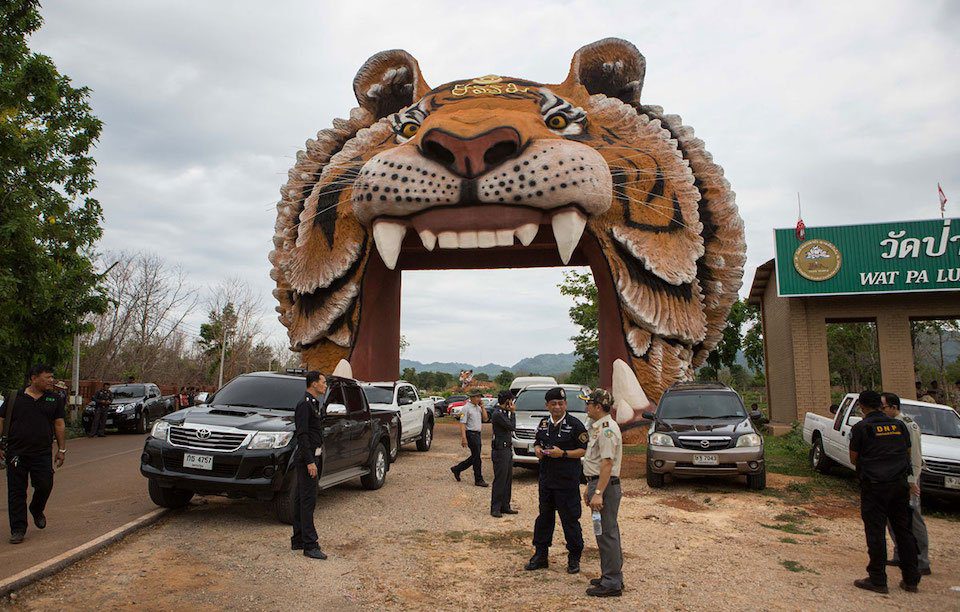
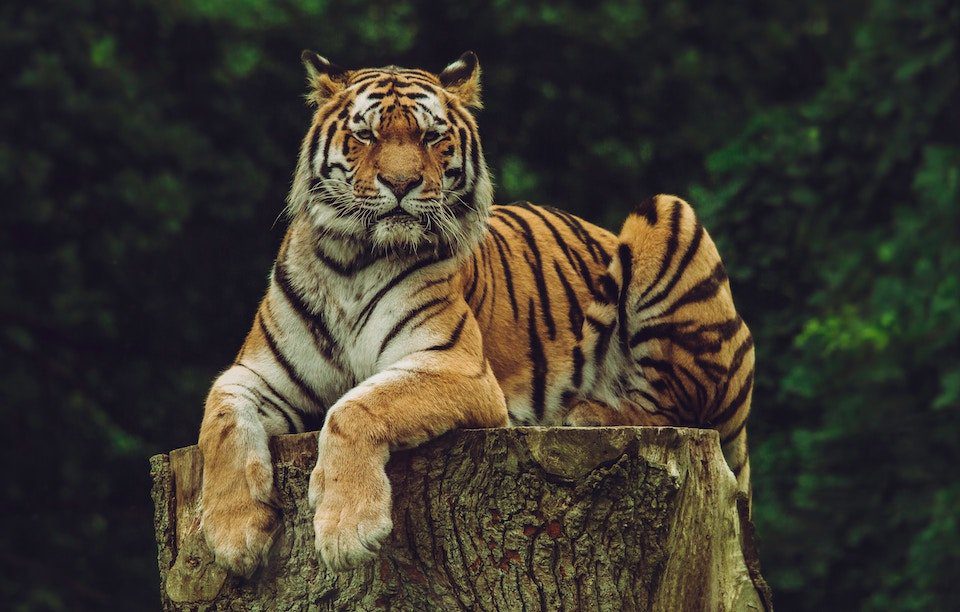
What’s the challenge?
Sadly, when it comes to animal tourism, there’s always going to be individuals who crave these kinds of once-in-a-lifetime animal encounters.
Humans are naturally curious and you can’t help but want to give all the gorgeous animals love, pats, and attention.
But human interaction is doing these animals more harm than good.
During my personal travels in Thailand in 2013, I met a couple who were torn about whether or not to go to Tiger Temple. I advised them of what I knew about the attraction but left it to them to make their choice. They ended up going but didn’t love it as much as they thought they would, because it ‘felt weird’. Yet, they still posted for the photos and shared them on socials as the experience was thrilling for them.
It’s totally normal to want to get close to these amazing creatures. You are not a bad person for craving animal encounters, but it’s important to do your research and think about the bigger picture, rather than your self-indulgent experience.
Another challenge with animal tourism is false advertising and misleading information. You might be mis-sold into an animal experience that you wouldn’t necessarily choose to book or told that the animals ‘wouldn’t survive in the wild’ and ‘have been rescued’.
When I was visiting Chiang Mai, I specifically asked for a jungle trek that didn’t go anywhere that elephants were held captive and they promised me the trip I was booked on didn’t. Yet, when I arrived at the first homestay there were chained elephants everywhere I looked.
I CRIED MY EYES OUT.
But I learned from the experience.
There is a much darker side when it comes to animal tourism too. Abuse, exploitation and illegal animal trades are just the tips of the iceberg.
Find out more: Unethical Animal Encounters
Find out more: Intrepid’s Travel Confessions Campaign
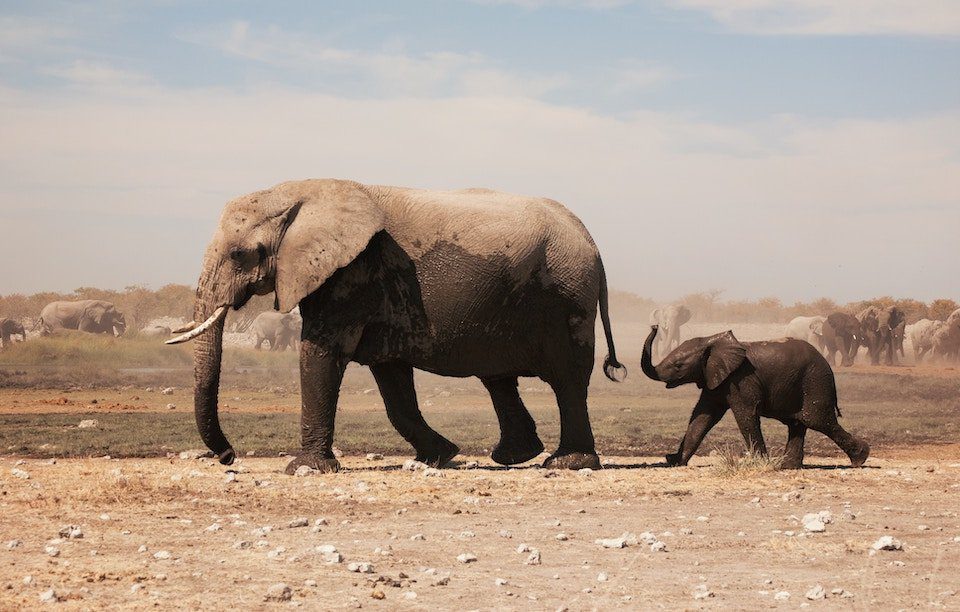
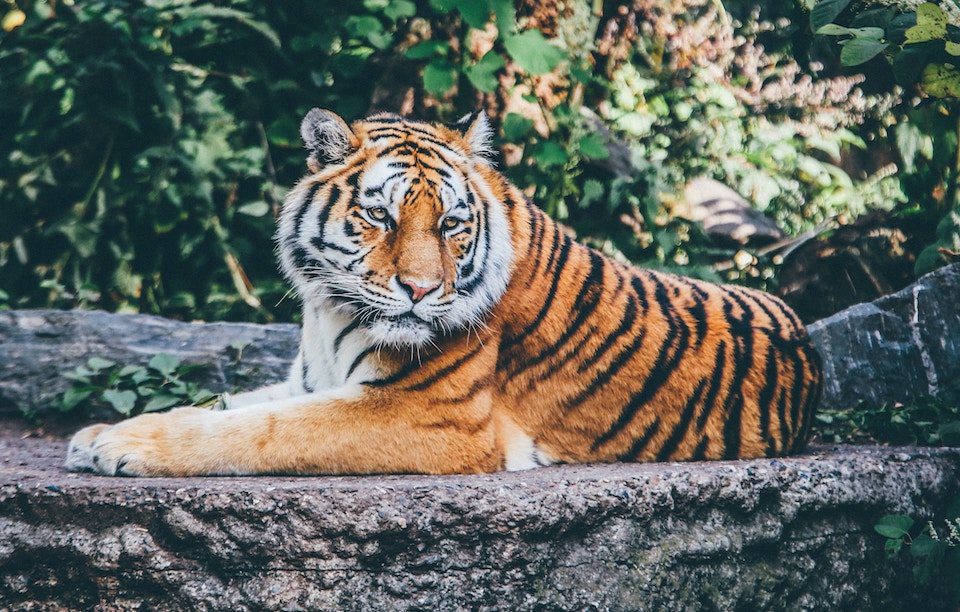
What’s the solution?
Animals are the best, and I know you want to protect them for years to come. Therefore, being conscious is key. How you love them is crucial.
Choose ethical experiences and eco-safaris if you wish to marvel at animals in their natural environment.
Ecotourism is all about introducing travelers to local people and culture and observing wildlife in the context of preservation and education.
Alternatively, you may choose to boycott animal tourism altogether.
There’s a fine line when it comes to this topic and once you’ve become more aware of what is going on, you’ll be able to judge where the line is for you and what you feel comfortable with.
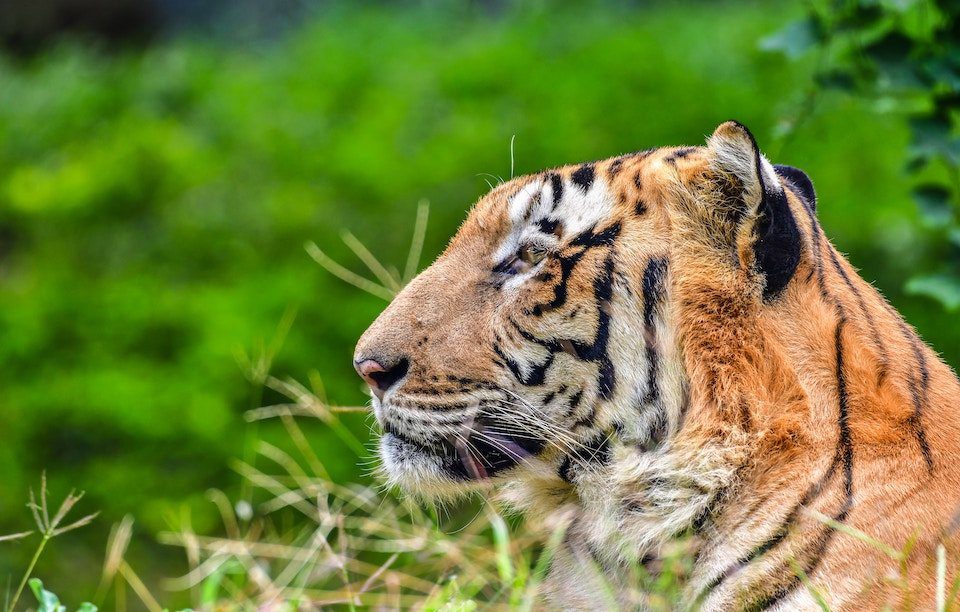
What will the positive impact be?
Responsible animal tourism can have various positive effects on wildlife species and their habitats.
Financial contributions, such as park entrance fees, levies, and operator licensing fees can help towards maintaining safe natural environments for wildlife and funds can go towards research and protection.
Socio-economic incentives for conservation, such as restoring natural habitats and the creation of protected areas are vital, too.
Education for local communities and tourists is essential in keeping humans and wildlife in harmony, understanding eco-systems and inspiring you to make little changes in your own life that can have a positive knock-on effect on the entire planet.
No one will protect what they don’t care about, and no one will care about what they have never experienced.
David Attenborough
Once you’ve spent time with wildlife, you develop a deep love and understanding for the animals and you’re inspired to protect them for future generations to grow up with.
Imagine animals roaming
wild & free,
with human protection;
the way it should be.
How can you travel to change the world?
Congratulations! By reading this post and taking some of these insights on board, you’ve already made a difference.
Now you can easily create your impact by sharing your new-found knowledge with other friends who you think would also be interested.
Ultimately, responsible travel comes down to common sense – stay curious, keep yourself up-to-date with the challenges at hand and make yourself accountable for your actions on your travels.